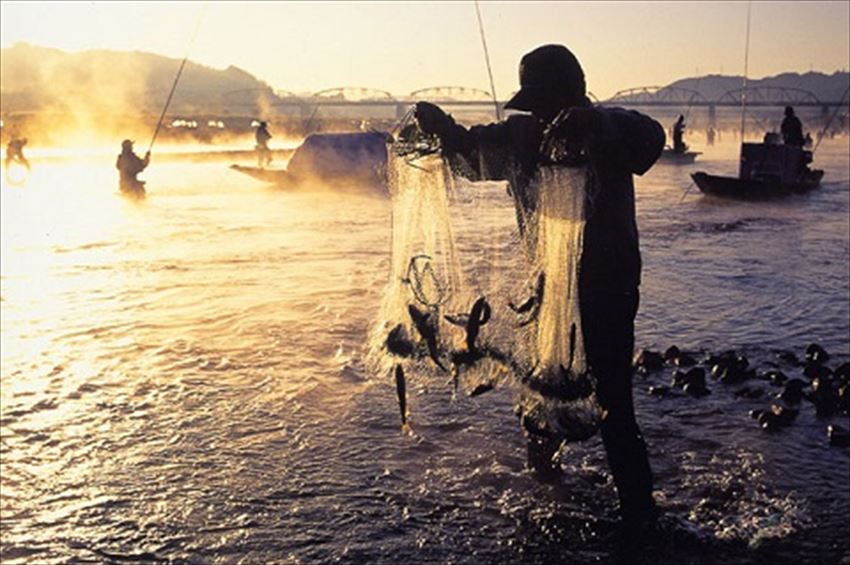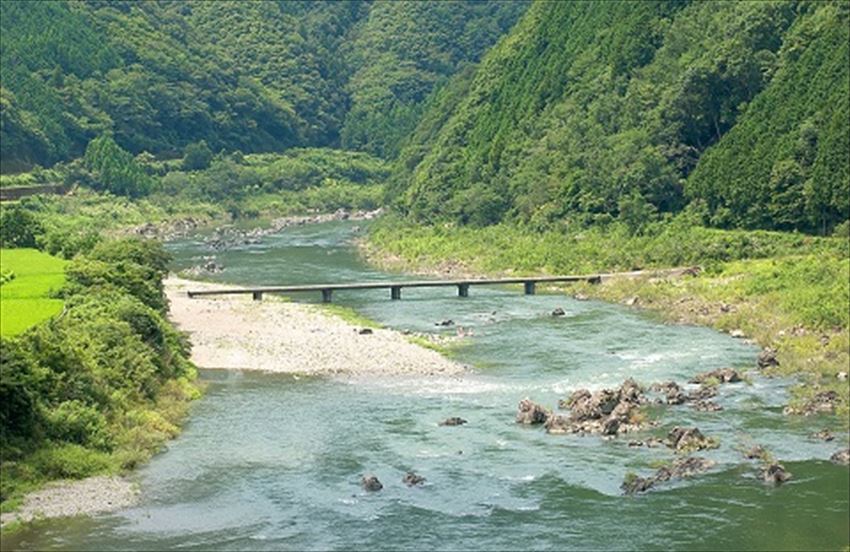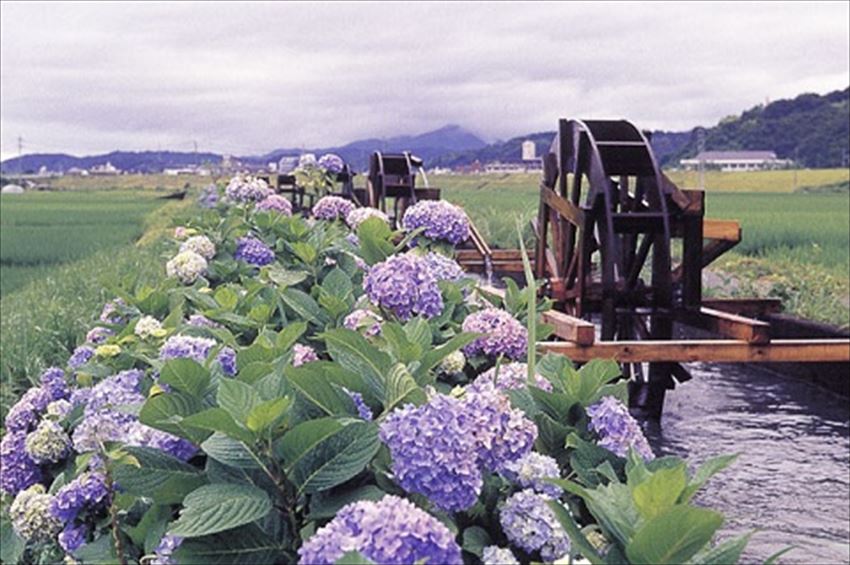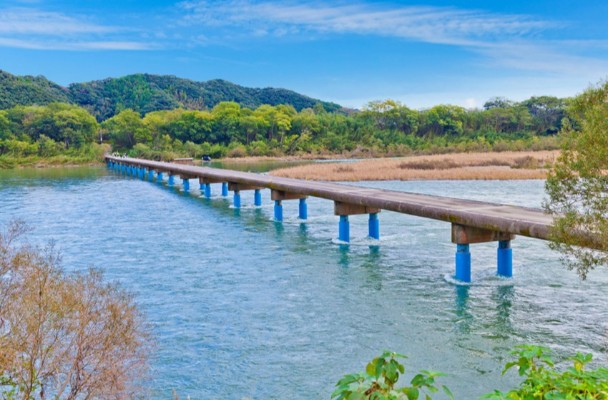※This article was published at December 2014.※
With a length of about 196 kilometers, the Shimantogawa river runs through the western part of Kochi prefecture and is the longest river in Shikoku.
Today the river is best known as "Shimantogawa" in Japanese but from 1928 to 1994, its official name was "Watarigawa" and the term "Shimantogawa" was its nickname.In 1994, “Shimantogawa” regained its official title because of its familiarity to the local residents.
In 1994, the poet Machi Tawara published "Kazeno Tenohira", a poetry book that includes a poem featuring "Shimantogawa" as its theme.
This clearly made an impression on me about the existence of the Shimantogawa river.
"My palms feel the wind passing on the river’s surface dispersing the particles of light on the Shimanto"
("Kazeno Tenohira" by Matchi Tawara, Kawade Shobo Shinsha, 1994)
Thinking about the imagery of this poem, I visited Shimantogawa when I went to Shikoku.

The Shimantogawa river has never been dammed. The river banks are all natural levees. Shimantogawa is called the "Last Limpid Stream" because the river maintains its true nature. Because of its untouched nature, the number of fish species is the largest in Japan: ayu (sweetfish), suzuki (perch), chinu (black sea bream), bora (mullet), anago (sea eel), unagi (eel), etc. Even today, fishermen catch river fish using traditional fishing methods. One of these is ayu fishing in December, famous as a winter tradition. Fishermen throw out nets to catch ayu – it’s really picturesque.

The Shimantogawa river is famous for its "Chinkabashi", a bridge that was designed to be underwater during floods. It has no parapet or very low parapet, and can be removed when the water level is high. This prevents the bridge from being destroyed when debris, mud or sand get stuck with the parapet, or the water flow from flooding by its blockage. One other advantage is that it can be easily replaced at lower cost if there is damage. Some bridges are designed with the assumption that they may be swept away. These bridges are called "Nagarebashi" (a bridge that may be swept away). There are 47 Chinkabashi along the Shimantogawa and its tributaries. Those bridges have been supporting the lives of local residents for a long time.

In some Shimantogawa tributaries, you can see waterwheels that are used to pump water onto farmlands. Currently, they are used just for sightseeing purpose. You can visit Yasunami Suisha no Sato Koen (Waterwheel Park) to see the Shimantogawa river scenery and enjoy the peaceful and pastoral environment.
Map:


Comments